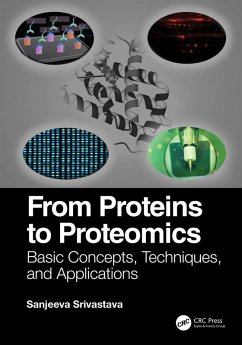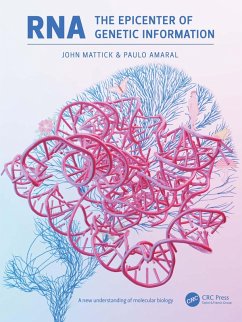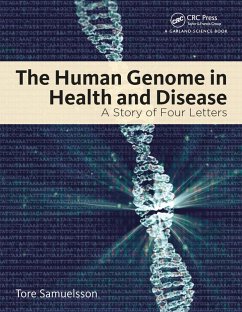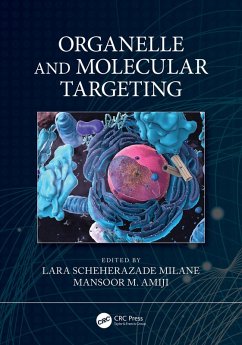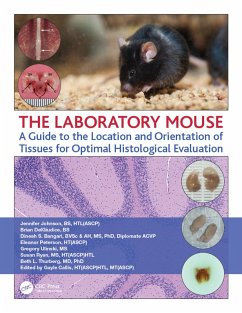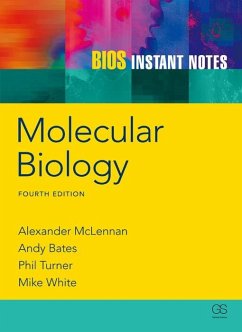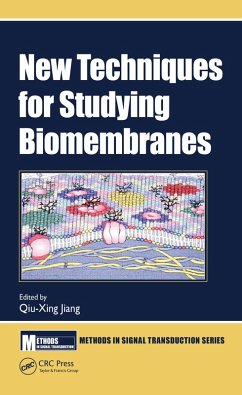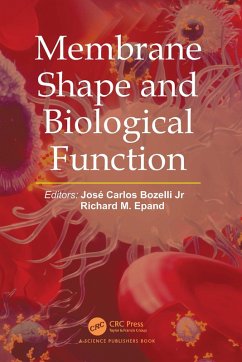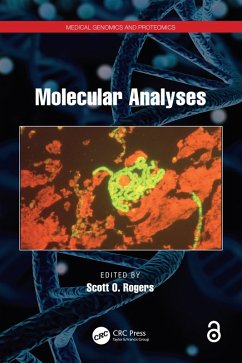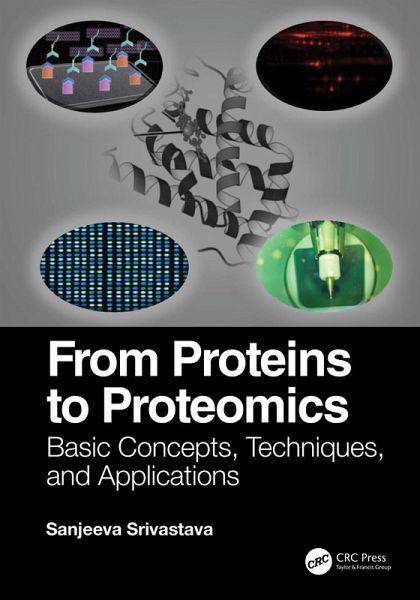
From Proteins to Proteomics (eBook, PDF)
Basic Concepts, Techniques, and Applications
Versandkostenfrei!
Sofort per Download lieferbar
45,95 €
inkl. MwSt.
Weitere Ausgaben:

PAYBACK Punkte
23 °P sammeln!
Proteomics aims to study all the proteins of human and other living systems, as well as their properties to provide an integrated view of cellular processes. The study of proteomics involves the application of rapidly evolving high-throughput technologies and new platforms that are coming forward regularly, providing versatile novel tools for biomedical and pharmaceutical applications.This book provides a detailed understanding of the basics of proteins and proteomics, gel based-proteomics techniques, basics of mass spectrometry and quantitative proteomics, interactomics: basics and applicatio...
Proteomics aims to study all the proteins of human and other living systems, as well as their properties to provide an integrated view of cellular processes. The study of proteomics involves the application of rapidly evolving high-throughput technologies and new platforms that are coming forward regularly, providing versatile novel tools for biomedical and pharmaceutical applications.
This book provides a detailed understanding of the basics of proteins and proteomics, gel based-proteomics techniques, basics of mass spectrometry and quantitative proteomics, interactomics: basics and applications, and advancements in proteomics. It also covers basic knowledge about sample preparation, mass spectrometry workflow, different chromatography technologies and quantitative proteomics.
The text highlights the application and challenges of various high-throughput integrated proteomics technologies capable of fast and accurate screening of thousands of biomolecules, which are found to be very effective for studying disease pathobiology and identification of next-generation biomarkers and potential drug/vaccine targets; and are therefore considered valuable tools for multidisciplinary research.
Features
We hope the knowledge gained from reading this book will intrigue and motivate young minds to explore future opportunities in the constantly evolving field of proteomics.
This book provides a detailed understanding of the basics of proteins and proteomics, gel based-proteomics techniques, basics of mass spectrometry and quantitative proteomics, interactomics: basics and applications, and advancements in proteomics. It also covers basic knowledge about sample preparation, mass spectrometry workflow, different chromatography technologies and quantitative proteomics.
The text highlights the application and challenges of various high-throughput integrated proteomics technologies capable of fast and accurate screening of thousands of biomolecules, which are found to be very effective for studying disease pathobiology and identification of next-generation biomarkers and potential drug/vaccine targets; and are therefore considered valuable tools for multidisciplinary research.
Features
- Basics of proteins and proteomics techniques
- In-depth understanding of mass spectrometry and quantitative proteomics
- An overview of interactomics and its application for translational research
- Advancement in the field of proteomics and challenges in clinical applications
We hope the knowledge gained from reading this book will intrigue and motivate young minds to explore future opportunities in the constantly evolving field of proteomics.
Dieser Download kann aus rechtlichen Gründen nur mit Rechnungsadresse in A, B, BG, CY, CZ, D, DK, EW, E, FIN, F, GR, HR, H, IRL, I, LT, L, LR, M, NL, PL, P, R, S, SLO, SK ausgeliefert werden.




